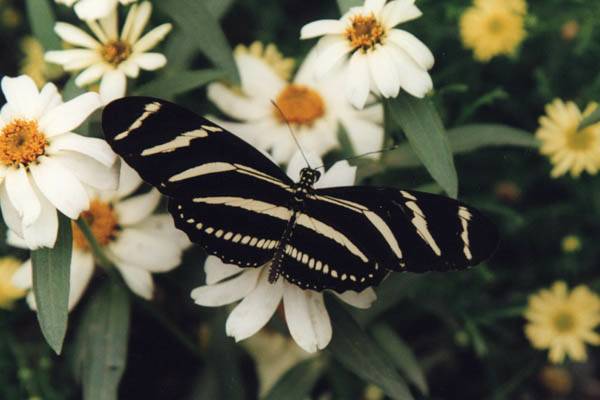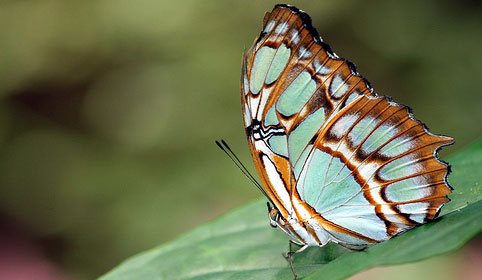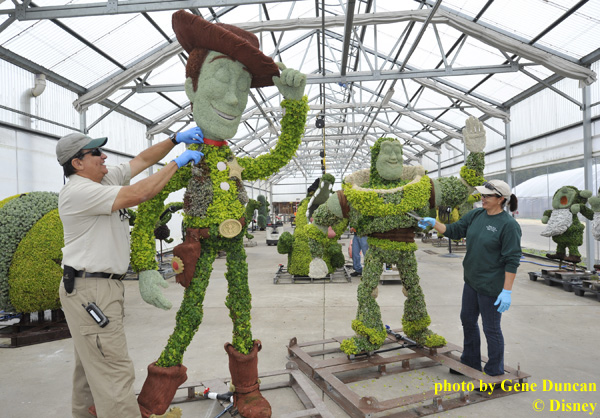Butterfly Fact in Food

Butterfly Fact in Food

Butterfly Fact in Food

Butterfly Fact in Food

Butterfly Fact in Food
Facts on Butterflies
The beautiful wings of the butterfly are seen in nearly every country in the world. The vibrant colors and patterns and fascinating metamorphosis from the caterpillar make this an interesting insect to study. Butterflies are also the world's second largest pollinator after the bee, so it is a worthy creature about which to learn.
Butterflies taste with their feet. They use this skill to determine suitable leaves on which to lay their eggs, so the hatching caterpillars have something to eat. Butterflies have a liquid-only diet consisting of water, nectar and juice from fruits. They eat through a straw known as a proboscis. Monarch butterfly larvae (or caterpillars) eat milkweed, which gives them a horrible flavor to deter predators such as birds. By Lisa Walker




























